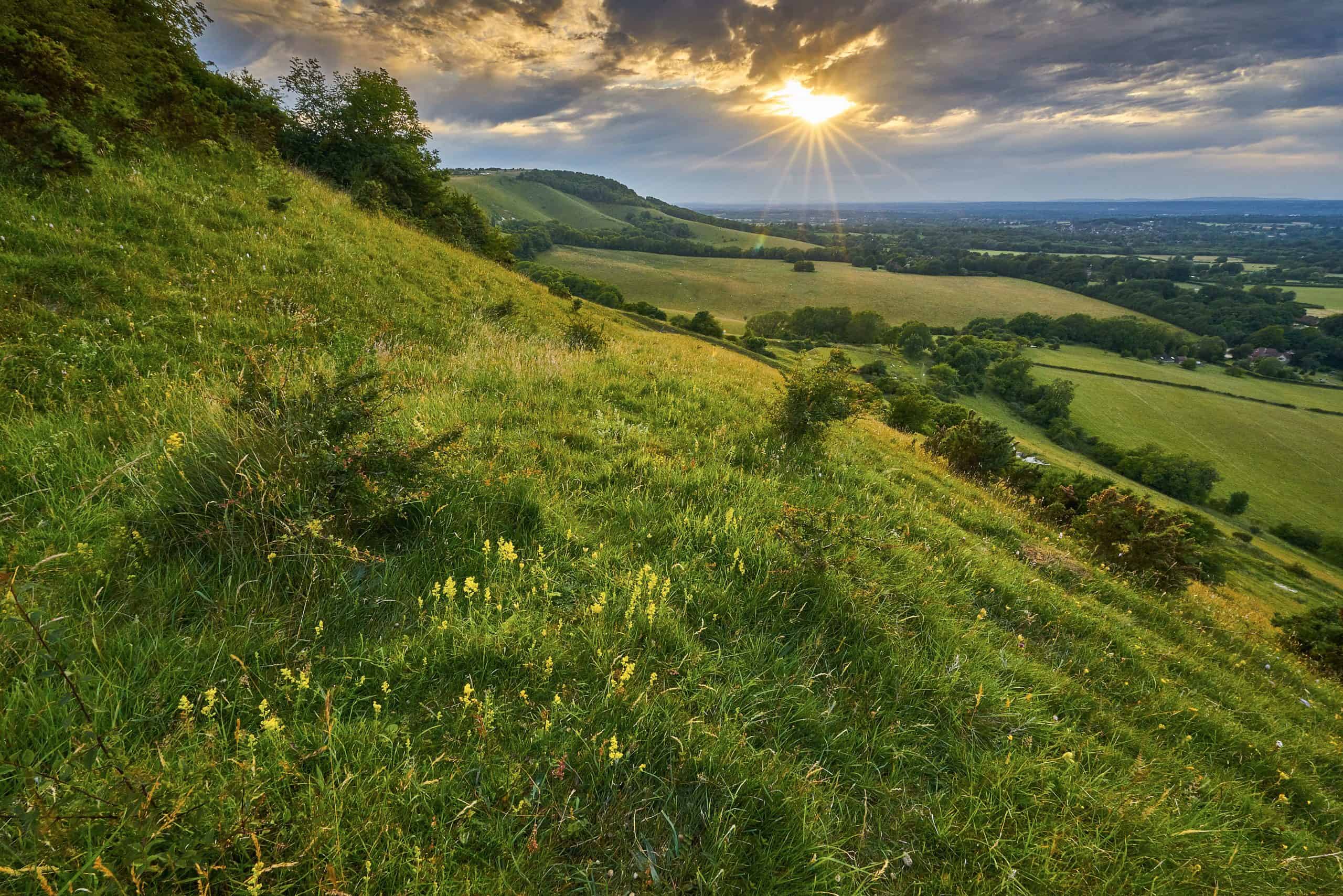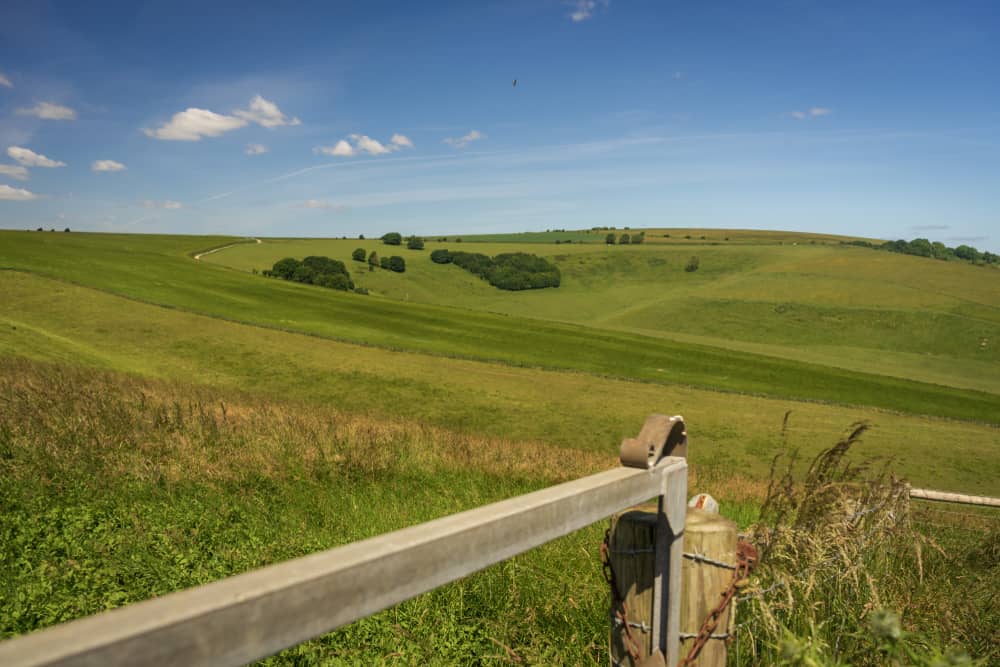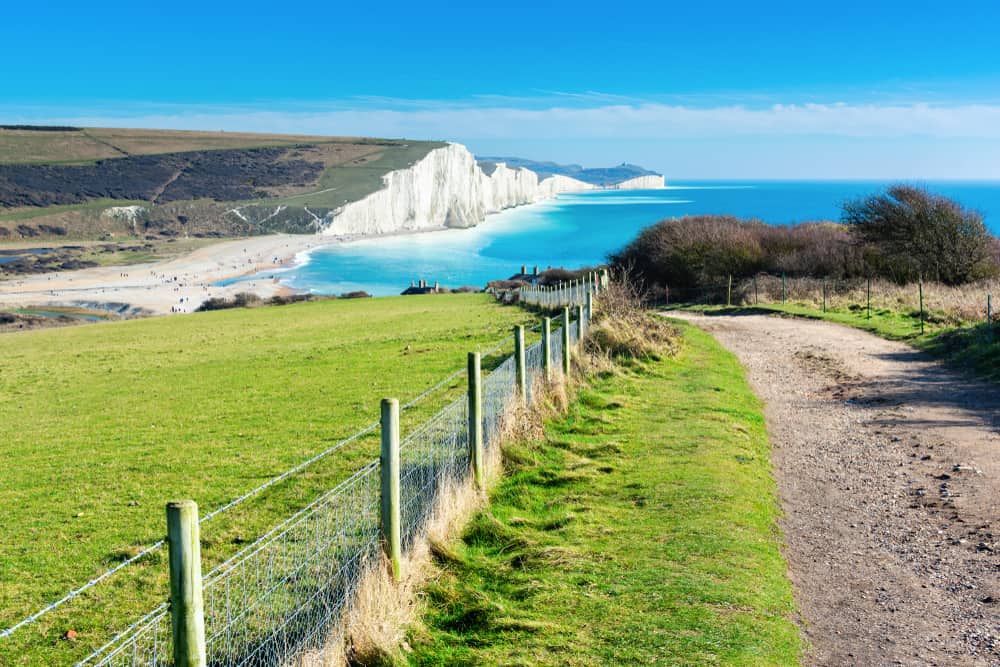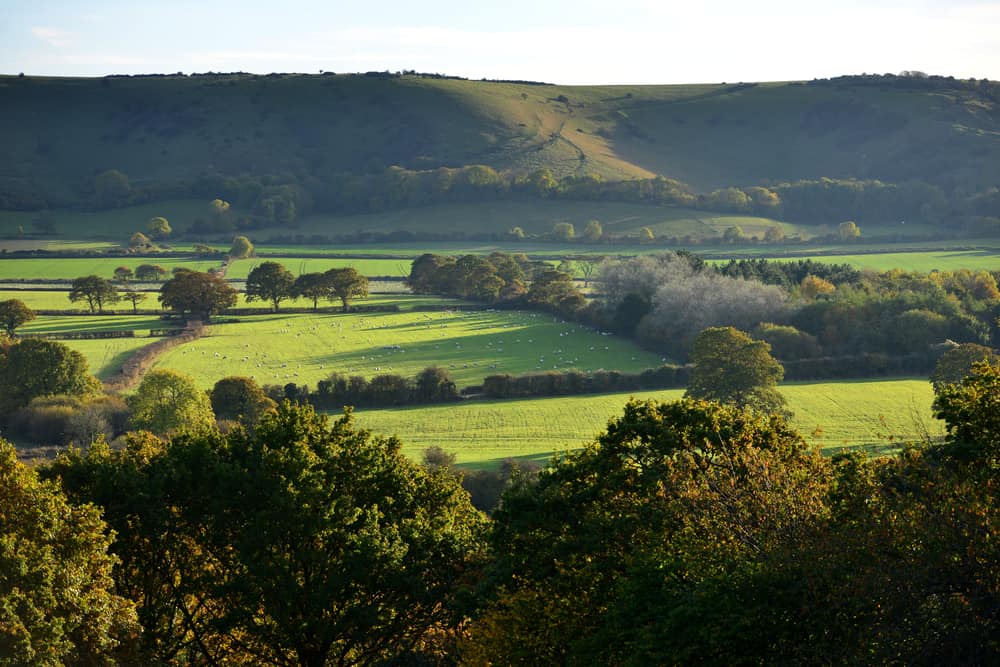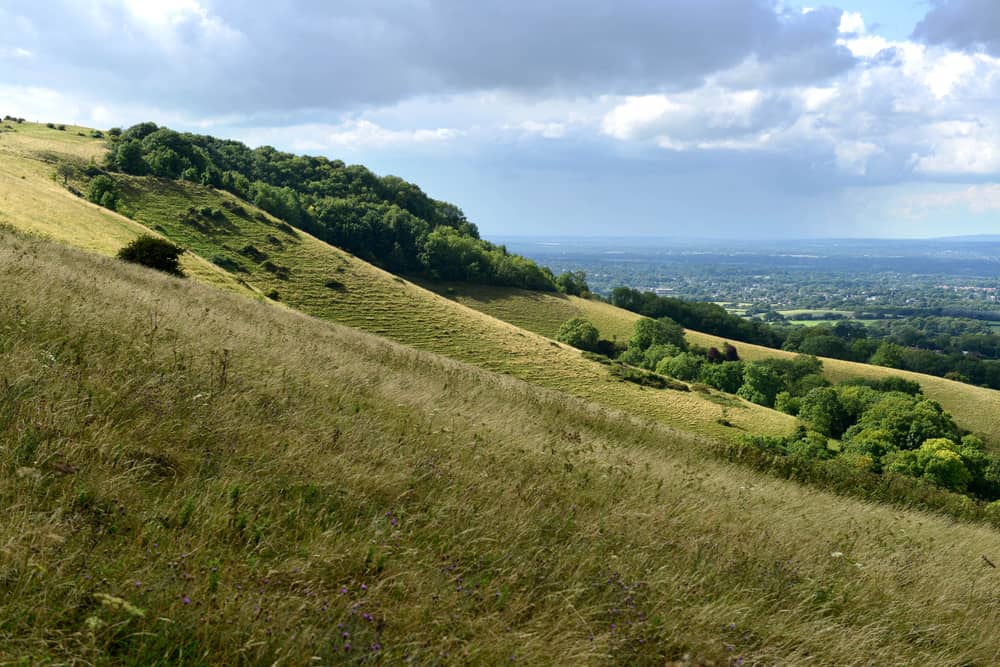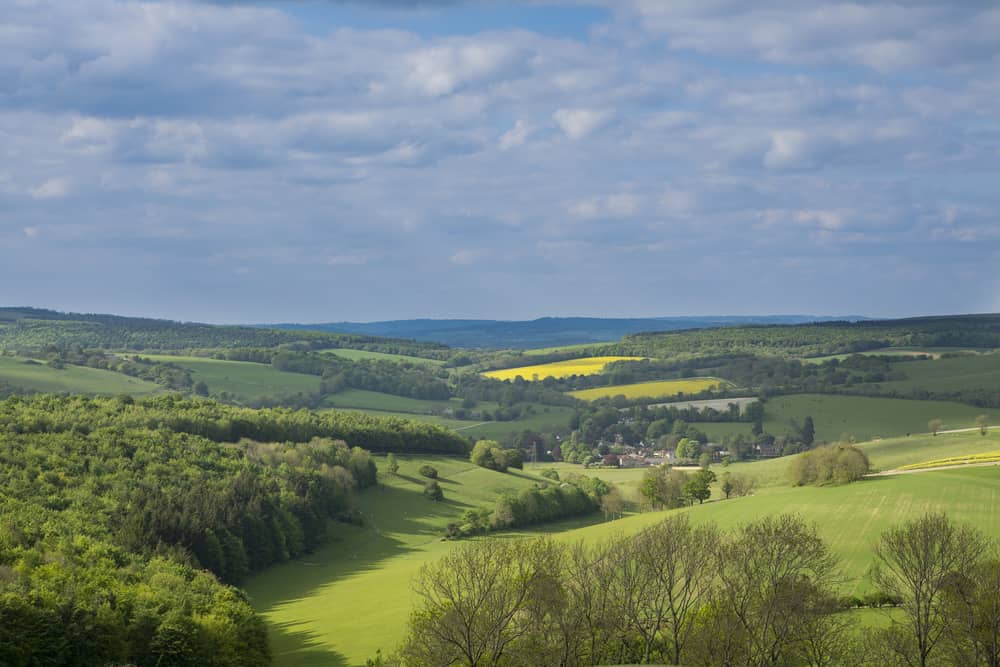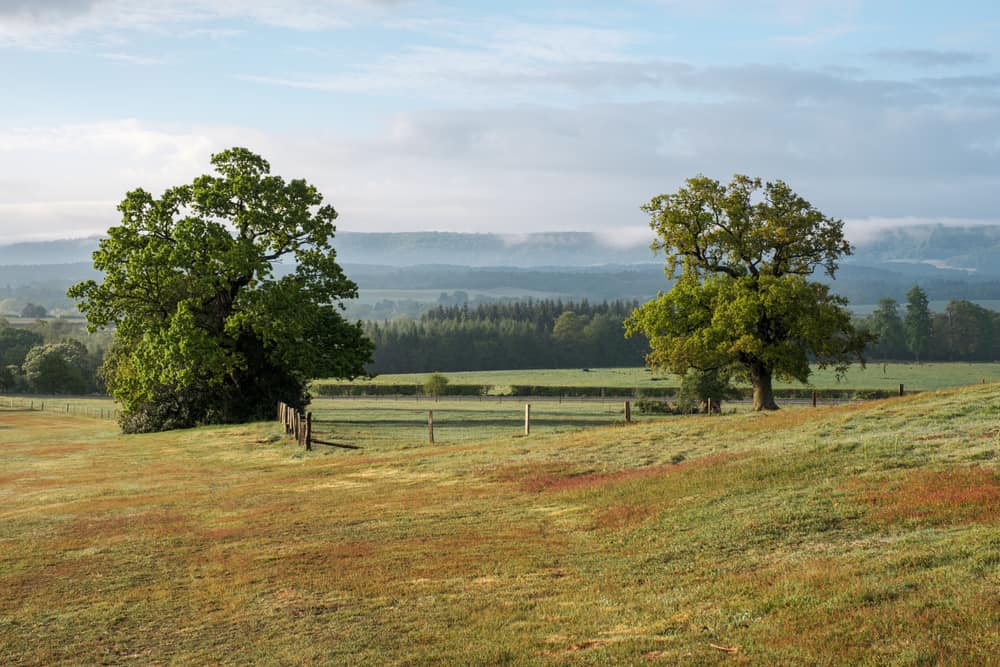A BRIEF OVERVIEW OF SOUTHDOWNS NATIONAL PARK
The park is characterised by a variety of landscapes, including rolling chalk hills, woodlands, grasslands, valleys, and a stunning coastline along the English Channel. The iconic South Downs Way, a long-distance footpath, runs through the park, offering breathtaking views of the surrounding countryside.
South Downs National Park is home to a rich diversity of flora and fauna. The chalk grasslands are particularly notable for their rare and endangered plant species. Additionally, the park supports a range of wildlife, including birds, butterflies, and mammals.
The park is also a popular destination for outdoor enthusiasts. Visitors can enjoy activities such as hiking, cycling, horseback riding, and birdwatching. There are numerous well-marked trails and paths that cater to various skill levels.



